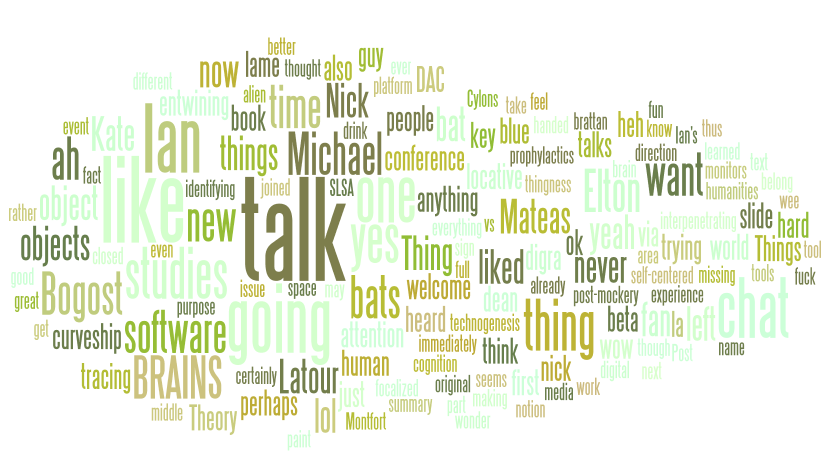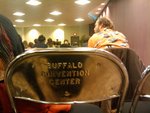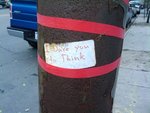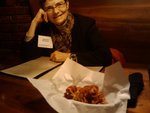Among the many great presentations here at DAC 2009 at UC Irvine, the paper by Aaron Kashtan, “Because It’s Not There: Verbal Visuality and the Threat of Graphics in Interactive Fiction,” was particularly nice to hear. Aaron discussed my 2000 interactive fiction Ad Verbum, related it to Emily Short’s City of Secrets, and presented a nice argument about how these two engage (differently) with text’s ability to represent the visual. Here’s the abstract:
In this paper I analyze two contemporary works of interactive fiction (IF), Nick Montfort’s Ad Verbum and Emily Short’s City of Secrets, as examples of two contrasting ways in which IF reacts to the perceived threat of computer graphics. In the post-commercial era of IF, graphics represent a factor that, without being acknowledged, has profoundly shaped the development of the medium. Post-graphical works of IF may be distinguished according to how they respond to the threat or promise of graphics. Ad Verbum’s response to graphics is to emphasize the purely textual, and thus anti-graphical and anti-visual, aspects of the medium. The implication is that IF’s closest affinities are not with visual prose but with printed works of procedural textuality, and that IF is a visual medium. By contrast, City of Secrets activates a mode of visuality that depends less on immediate presence than on emotional affect and imaginative participation. Short suggests that IF is a visual medium, but that it differs from graphical video games in that its visuality depends on absence rather than presence.
I was also really impressed by Brett Camper’s discussion of the MSX-inspired “fake 8-bit” game La-Mulana and, on a very different level, the wide-ranging first talk of the conference, by Kate Hayles, which engaged cognition, tools, attention, and evolution.
DAC 2009 has proceedings which were handed out to attendees on CD-ROM and which will be (to some extent?) available. So, while I hope to mention a few more DAC highlights, I won’t aim to summarize talks.






